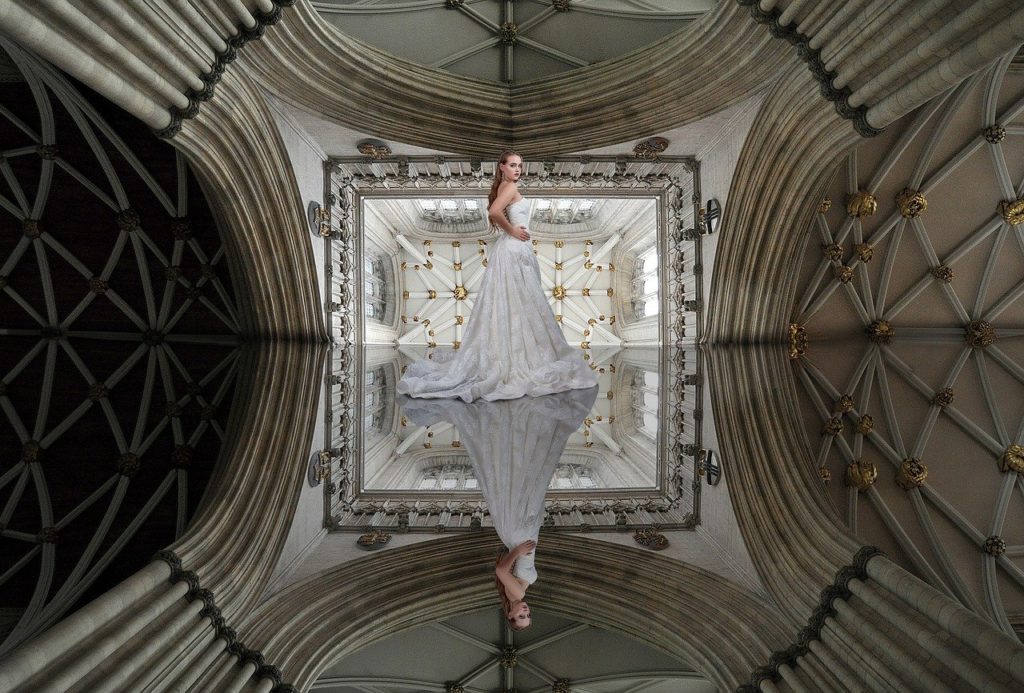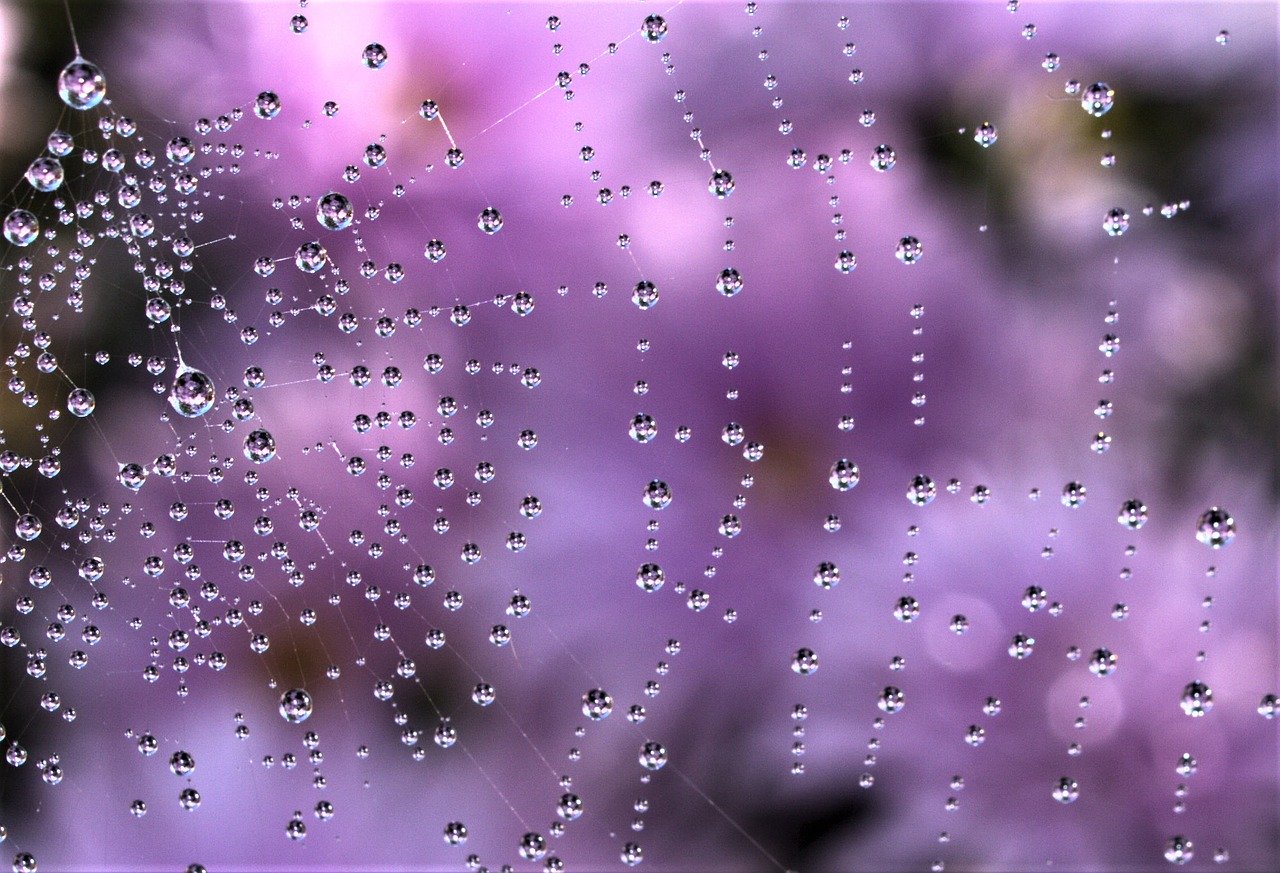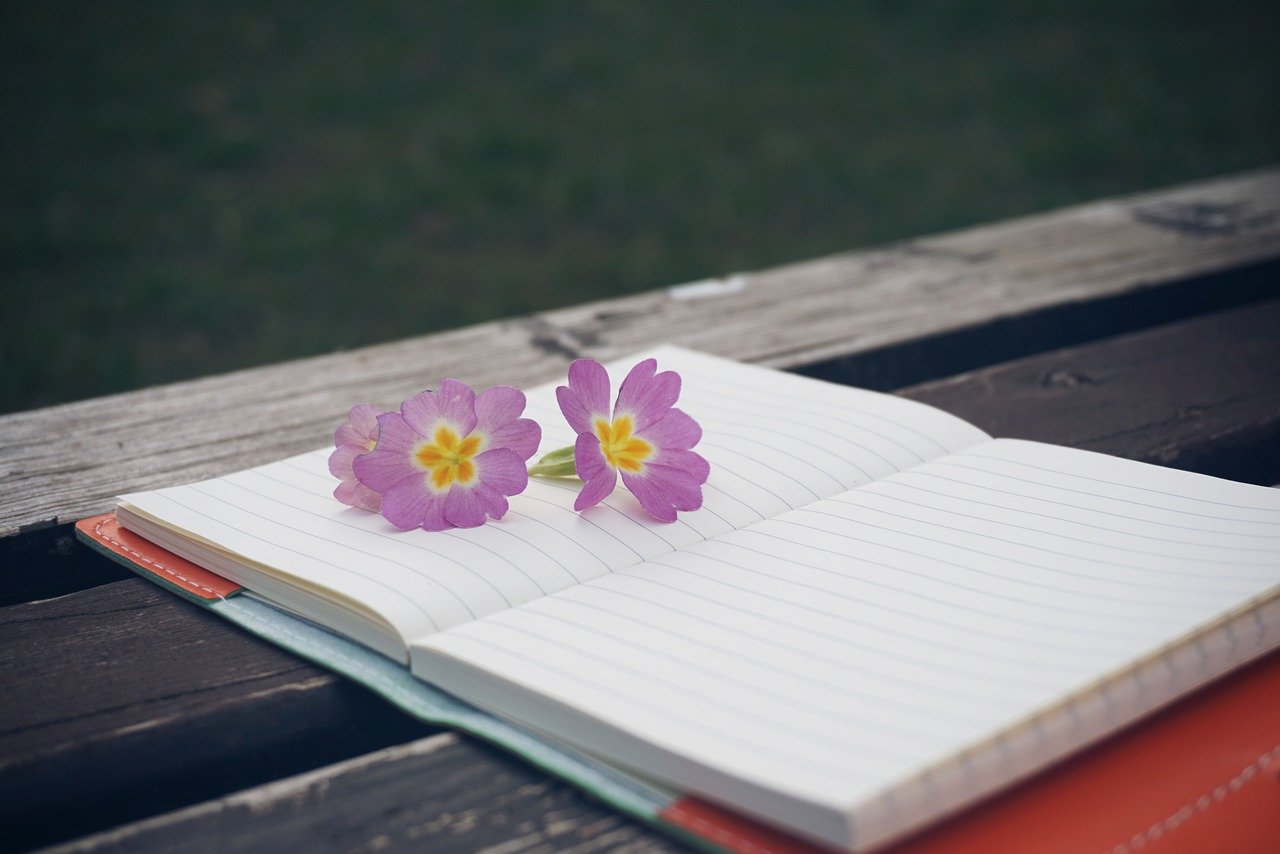This week, I got to teach one of my favorite poems, “Adam’s Curse” by William Butler Yeats. In the first stanza, the narrator complains to his lovely female companion about how hard poets work and how little their labors are appreciated.
A line will take us hours maybe;Yet if it does not seem a moment’s thought,Our stitching and unstitching has been naught.Better go down upon your marrow-bonesAnd scrub a kitchen pavement, or break stonesLike an old pauper, in all kinds of weather;For to articulate sweet sounds togetherIs to work harder than all these, and yetBe thought an idler by the noisy setOf bankers, schoolmasters, and clergymenThe martyrs call the world.’
To this outburst, the woman quietly replies, “To be born woman is to know… / That we must labor to be beautiful.”
It’s a funny thing to say on one level, isn’t it? Beauty is natural, right? Yes…and yet, the $500 billion beauty industry exists for a reason.

The Work of Beauty
Clothing the Story

A Cinderella Story
We should listen to Yeats. This work is difficult. If it was easy, as the saying goes, everybody would be doing it. So we should go easy on ourselves a bit when the words don’t come out exactly as we want them too…or when we have to take our first draft and essentially toss the whole thing and start over.
I just recently had to do this with a project of mine — but the lessons I learned through taking that story through four different iterations was invaluable. No effort is really ever wasted.
But sometimes we need a fairy godmother to come in and do some serious bibbidi-bobbidi action. Wave that wand and make mice into chargers and pumpkins into coaches…and bedraggled servant girls into princesses.
But here’s the really beautiful thing about the Cinderella story — and if you’ve seen the new live action Disney version, this comes through perfectly.
Yes, the fairy godmother has to “dress her up” — but the only reason she can capture the prince’s heart is because that beauty was already there.
The labor to be beautiful is the labor of revealing the truth of the story — and of clothing it in the words that make everyone else see what has been there from the start.
But if you do find yourself in need a fairy godmother…I know a girl who does that sort of thing. 😉 You can find out all the details here.
Be bold + brilliant + beautiful!
Shannon



